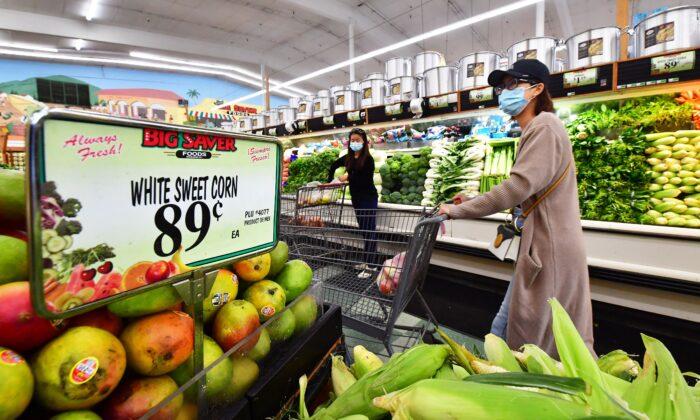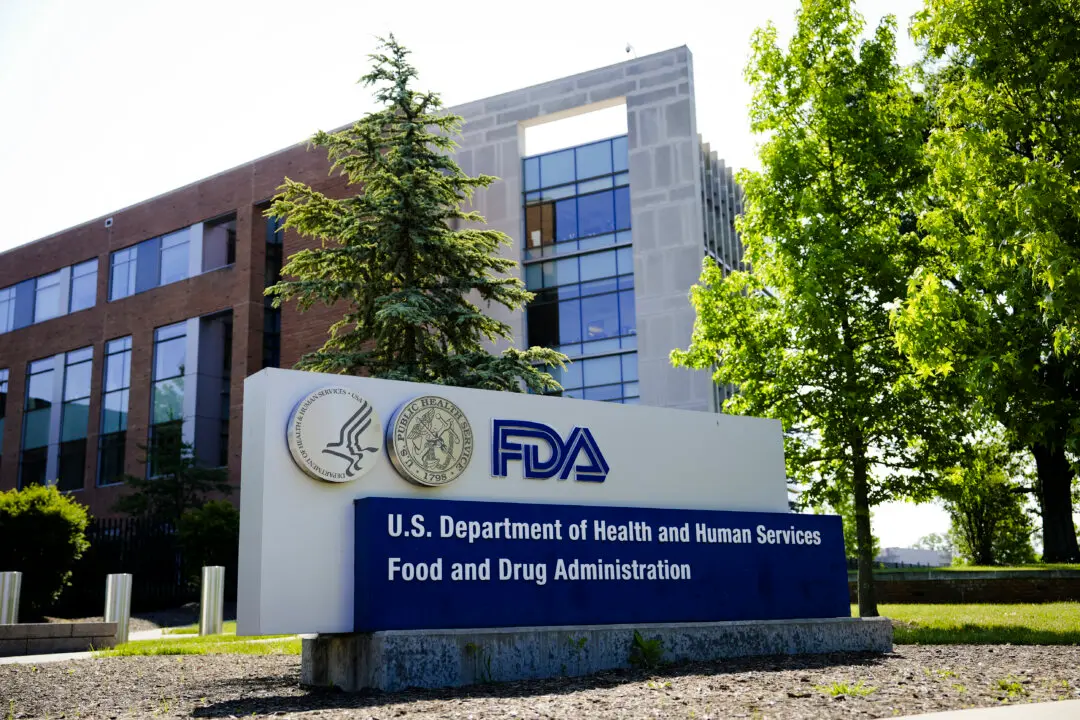Consumer expectations regarding inflation and household spending remained at elevated levels in April 2022 according to a recent survey by the Federal Reserve Bank of New York’s Center for Microeconomic Data.
“Median inflation uncertainty—or the uncertainty expressed regarding future inflation outcomes—increased slightly to a new series high at the short-term horizon and was unchanged at its series high at the medium-term horizon.”
Year-ahead price change expectations for gas fell by 4.4 percentage points to 5.2 percent, food fell by 0.2 percentage point to 9.4 percent, medical care fell by 0.1 percentage point to 9.5 percent, college education rose by 0.6 percentage point to 9.1 percent, and rent increased by 0.1 percentage point to 10.3 percent.
When it came to household finance, nominal spending growth expectations rose by 0.3 percentage point to 8 percent, marking a new high. The survey found the increase to be “most pronounced” among those whose highest educational qualification was a high school diploma and also people above 60 years old.
Although the perception of households’ current financial situations showed an improvement compared to 2021, it still remained close to the series low.
Median expected earnings growth for the year ahead remained unchanged at 3 percent, a series high. The probability that unemployment one year from now will be higher rose by 0.1 percentage point to 36.3 percent, its highest since February 2021.
Median home price expectations, though unchanged at 6 percent, were still at an elevated level compared to the level prior to the pandemic.
The new data comes as 12-month inflation in March 2022 came in at 8.5 percent, its highest level since December 1981. Rising inflation forced the Federal Reserve to raise interest rates on May 4 by 50 basis points, the biggest hike in 22 years.
“Unfortunately, the drop in the one-year ahead inflation figure is likely to prove short-lived given that gasoline prices bottomed in mid-April and have since bounced back to near a record-high in nominal terms,” he said.
“Since March 2020, the cost of corn is up 127 percent, soybeans are up 90 percent, and soybean meal is up 54 percent,” King said. “Year over year, soy crush plant margins are up 168 percent, with key fertilizers like nitrogen, potassium, and phosphorus going up between 115 percent to 246 percent in that timeframe.”




